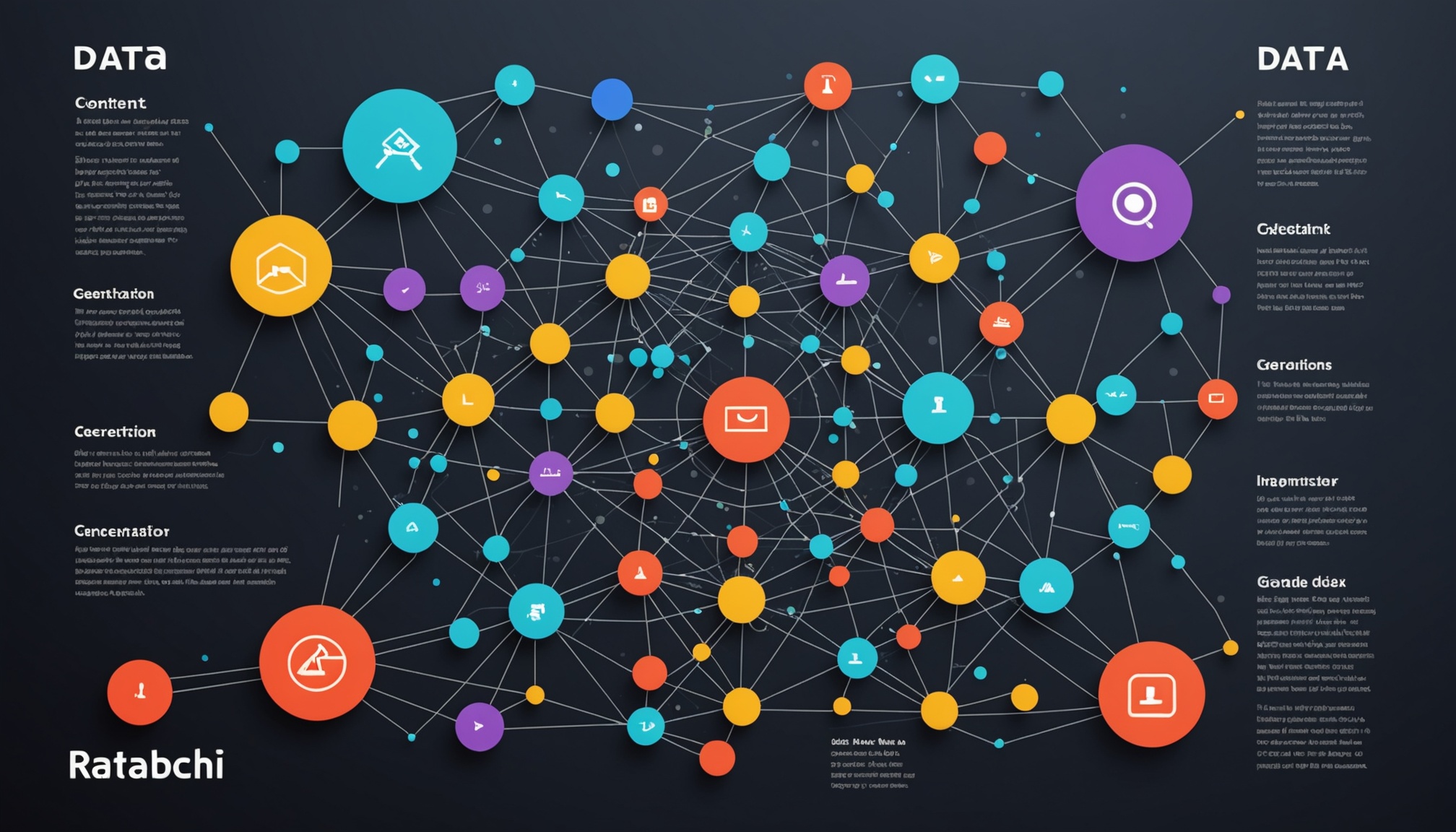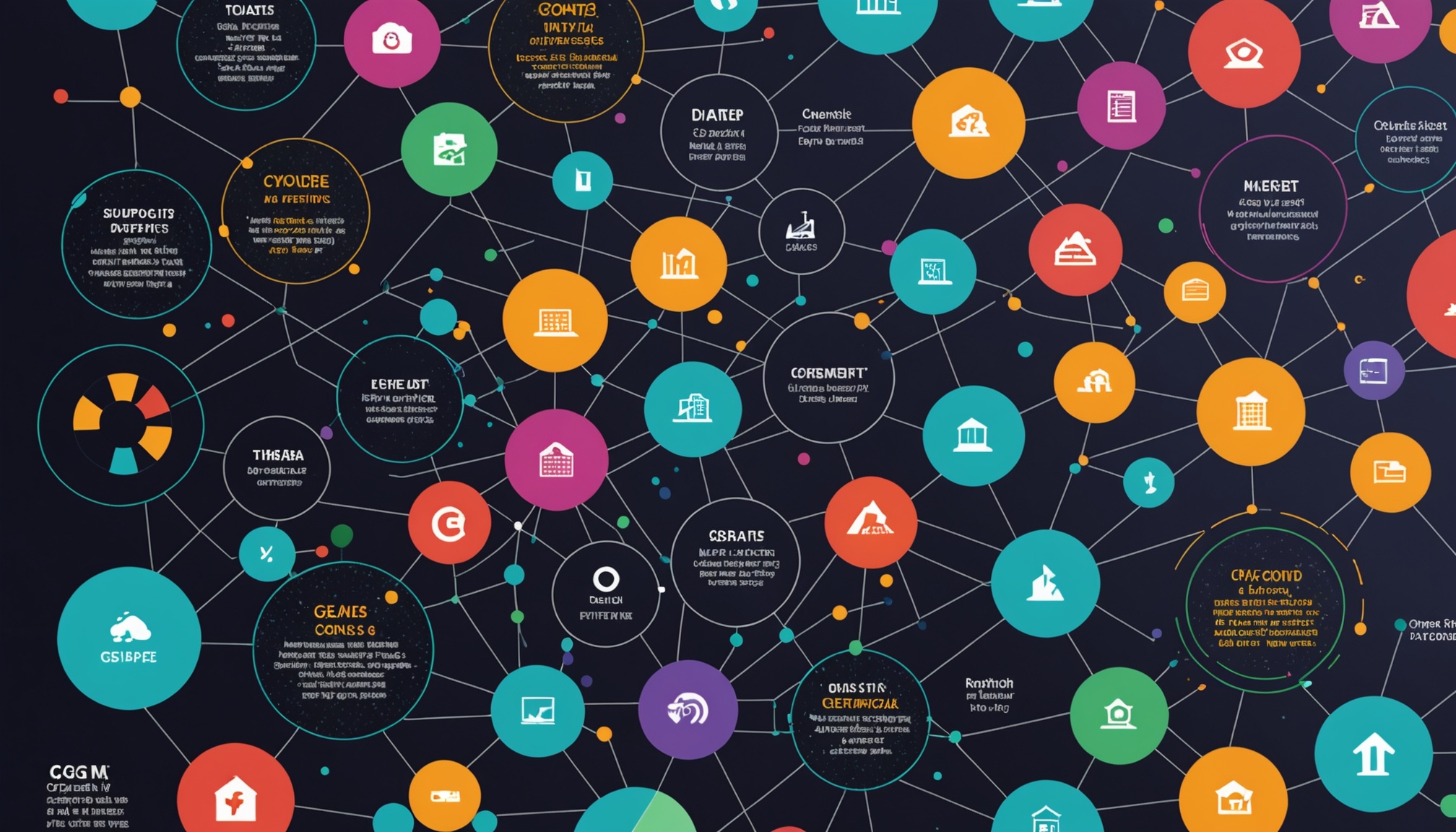Need a faster, clearer way to plan your blog posts, white papers, or landing pages? Content brief templates could be your secret superpower. They act as a roadmap, giving you direction on word count, target audience, and the key messages you need to nail. Best of all, you cut down on rewrites and last-minute scrambles because everyone knows what to expect. Ready to see how these templates can help you step up your content game?
Recognize the power of content brief templates
Content brief templates aren’t just casual lists. They’re detailed guides that help you align every piece of your writing with your brand vision, SEO strategy, and reader needs. According to Best Writing, roughly 82.7% of content teams rely on some form of content brief. So if you’re not using one yet, you’re missing a major productivity and quality boost.
A content brief template typically covers:
- Topic, audience, and purpose
- Target keywords and related terms
- Word count and readability goals
- Brand voice guidelines
- Key talking points or references
When you have these pieces upfront, you can sidestep confusion and get your posts published faster.
Add essential components to your brief
So how do you make a content brief template that truly works for you? The goal is to provide everything a writer or team member needs. Here are the main elements you’ll want to include:
Title, description, and overview
Start with a clear working title and a quick description of your piece. Offer a one or two-sentence overview of what the content is about and what you hope to accomplish. This context ensures everyone knows the core message before typing a single word.
Target audience and purpose
Identify who the content is for (e.g., busy marketing managers or solo entrepreneurs) along with the main objective. Are you trying to inform, persuade, or inspire action? Stating these upfront focuses your writing so it stays on track.
Word count guidance
Give a ballpark figure for word count, informed by competitor research or SEO considerations. As Agency Analytics explains, word count impacts everything from cost to search visibility. If you’re targeting a highly competitive keyword, you might aim for a longer piece. Otherwise, a concise explainer will do.
Primary and secondary keywords
Your brief should list the primary keyword and any secondary or related terms. This helps your SEO strategy by guiding the writer on which terms should appear naturally. You can also highlight long-tail variations that align with user intent.
Suggested headings or outline
Consider proposing an outline or at least a few potential H2 and H3 headings. According to Market Muse, well-chosen subheadings increase engagement, making your post easier to scan.
Recommended internal and external links
Offering recommended links keeps your content cluster tight. For example, you might direct your writer to reference a content brief example or show them how to plug in a relevant article like content gap analysis examples. External links to authoritative sources (like industry stats) let readers know you’ve done your research.
Visual elements
Even if you’re working with a text-heavy format, images or screenshots can break up your content. Some content briefs specify which visuals to include and where to place them. According to Agency Analytics, mentioning visuals right in the brief adds clarity and boosts engagement.
Optimize your SEO with briefs
Every content brief template should factor in solid on-page optimization. As MarketMuse data shows, paying attention to keywords, meta tags, and internal links can boost ranking potential. Plus, Google rewrites page titles about 61% of the time, so craft your proposed title tag carefully to avoid losing your edge.
Focus on metadata
Work your primary keyword naturally into the title tag and meta description. Invite the reader to click by highlighting a key benefit or solution. Although meta descriptions aren’t direct ranking factors, compelling text can improve clickthrough rates.
Leverage internal links
Use relevant links to guide readers deeper into your site. For instance, you can direct them to an ai content brief generator if they want to save time creating outlines. Or help them fill gaps in their topics by sending them to a content gap analysis template.
Include a CTA
Don’t forget to nudge readers to take action. Whether it’s subscribing to a newsletter or downloading a checklist, your content brief should suggest the next step. Having a clear CTA ensures your content isn’t just helpful but also brings measurable results.
Consider top content brief tools
If you’d like a little extra help creating or enhancing your content brief templates, these platforms have you covered:
- Content Harmony
- Offers 19 free and paid content brief templates (Content Harmony).
- Provides features that auto-generate outlines and relevant keyword data.
- Frase
- Lets you build briefs in a few clicks, including competitor analysis and recommended headings (Frase).
- Includes an AI writer to help you expand or rewrite sections.
- MarketMuse
- Combines advanced AI with topic analysis to find content gaps and strengthen your drafts (MarketMuse).
- Identifies the best keywords and subtopics to bolster your authority.
- WriterZen
- Packs an all-in-one solution for keyword exploration, topic discovery, and content creation (WriterZen).
- Helps unify your entire SEO workflow under one platform.
Quick comparison table
| Platform | Key Focus | Ideal For |
|---|---|---|
| Content Harmony | Pre-built brief templates | Teams who need quick starts |
| Frase | AI-powered outlines | Writers seeking competitor insights |
| MarketMuse | Deep topic analysis | Brands aiming for long-term authority |
| WriterZen | All-in-one content suite | Marketers managing multiple content tasks |
Picking the right tool can reduce the guesswork and manual data gathering.
Streamline your workflow step by step
Sometimes the hardest part is knowing where to begin. Here’s a simple approach to incorporating content brief templates into your routine:
-
Gather your intel
Start by researching top-performing articles, competitor strategies, and SEO keywords. Tools like Frase or MarketMuse can give you a solid starting point. -
Draft your brief
Grab a template that feels right for your project. Fill in the basics: topic, keywords, audience, and approximate word count. -
Add specifics
Outline crucial references, internal links, or quotes you want to highlight. Double check brand voice guidelines to maintain consistency. -
Share with your team
Loop in stakeholders, from designers to editors. Get their feedback before the writing starts. -
Write, revise, and finalize
Once your writer or content creator has the final brief, watch them go. You’ll likely see fewer misunderstandings and a faster turnaround. -
Review performance
Check how your content performs. If something misses the mark, revise your template or refine your instructions. This iterative approach ensures continuous improvement.
Wrap up and move forward
Building the perfect content brief templates can change how you tackle projects, from blog posts to landing pages. By including all the right elements, you ensure your team delivers consistent, on-brand, SEO-optimized content every time. Think of your template as a success cheat sheet that narrows your focus so you can spend more time on creativity and less time on rework. Pick a template, sign off on your must-have details, and watch your content soar.
If you’re curious to see other approaches, feel free to glimpse our content brief examples for more inspiration. Try one or two changes this week, and see if it makes your next piece of content flow a little easier.
Address five common questions (FAQs)
-
Why do I need a content brief if I already have a project plan?
Your project plan is likely broad, covering deadlines, budgets, or team responsibilities. A content brief focuses specifically on the content itself, ensuring each piece aligns with your target audience, brand voice, and SEO goals. -
How many keywords should I include in my brief?
Aim for one primary keyword and a few secondary or related keywords. Overloading a brief with too many terms can dilute your focus. Balance is key, so your content stays natural and useful to readers. -
What’s the difference between a basic and advanced content brief?
A basic brief might outline the topic, audience, and main keyword. An advanced version goes further, incorporating metadata guidelines, word count, competitor analysis, visual suggestions, and detailed brand tone preferences. The more detail you include, the more efficient and aligned your final content will be. -
Should I share content briefs with my clients or stakeholders?
Absolutely. Letting clients see the brief keeps everyone in sync and reduces the risk of last-minute edits. Many agencies share near-final briefs so clients can confirm the key points before writing begins. -
How do I measure ROI on a content brief?
Start by tracking time saved in revisions, consistency across multiple pieces, and performance metrics like higher search rankings or increased clicks. The primary goal is smoother workflow and improved results—which usually delivers increased ROI.
Feel free to adapt or tweak these strategies for your own workflow. Once you integrate content brief templates into your routine, you’ll likely wonder how you ever created high-quality content without them. Happy writing!





